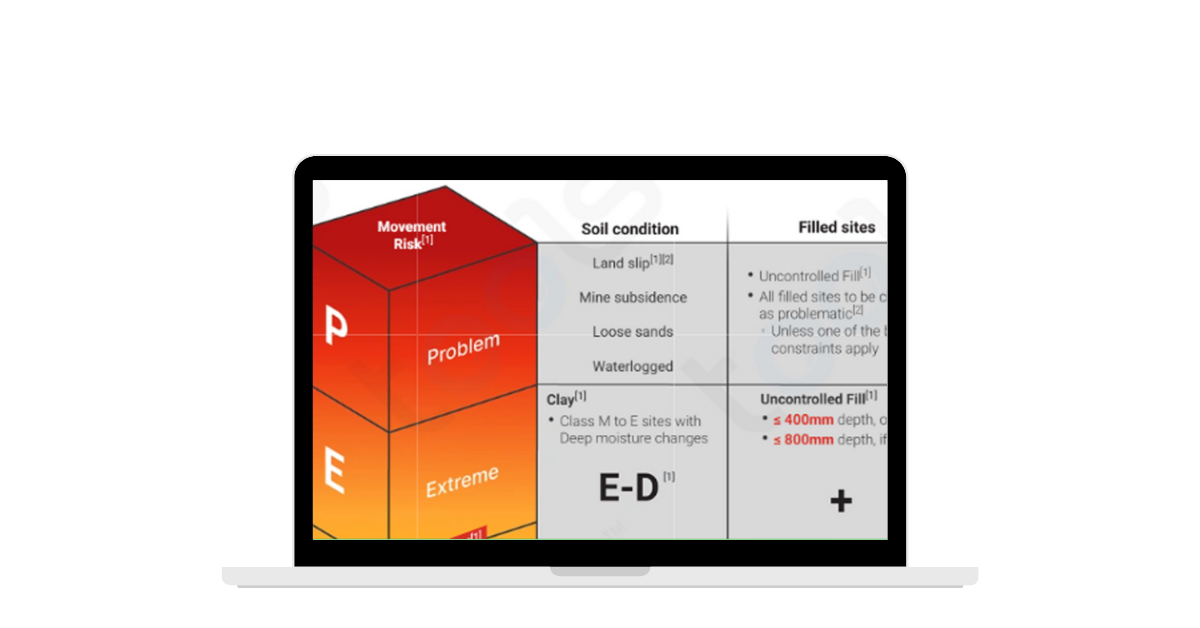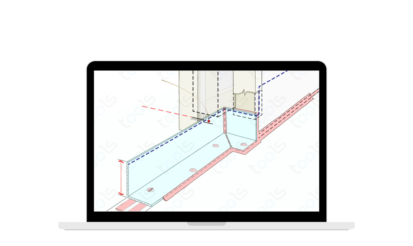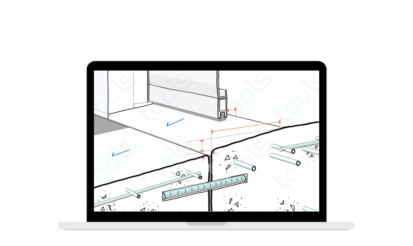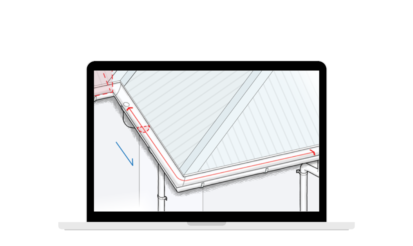Understanding Soil Conditions: A Must for Builders & Designers
Why Soil Matters in Construction
Building on the right foundation starts with knowing your soil. Whether you’re a designer, contractor, or tradesperson, understanding soil conditions is essential to prevent costly mistakes and ensure long-term structural stability.
Key Considerations for Stable Ground
- Always Consult an Engineer
AS 2870 isn’t always enough—unless you’re on rock, get expert advice before proceeding with footings, piers, or piles. - Seek Out Natural Ground
Where possible, build on stable, undisturbed soil to avoid future movement and instability. - Avoid Inconsistent Soil Conditions
Variations in soil type can cause differential settlement, leading to cracks and structural damage. - Inspect & Clean Pier Bases
Every pier must be thoroughly cleaned and checked before pouring concrete to ensure proper adhesion and stability. - Account for Slope, Erosion & Water Flow
Site conditions, including overland flow and erosion, must be managed to protect structural integrity. - Keep Footings & Raft Bases Dry
Proper drainage prevents water-related complications before pouring concrete. - Expect & Manage Ground Movement
If your foundation isn’t on rock, anticipate natural movement and design accordingly.
Simplify Building with Tools™
Instead of sifting through complex codes, use Tools™ to access interactive, easy-to-understand graphics that break down the NCC. Find the right requirements instantly and share crucial information with your team.
Visit Building Tools for more insights.

 1 min read
1 min read  21 February 2025
21 February 2025 






